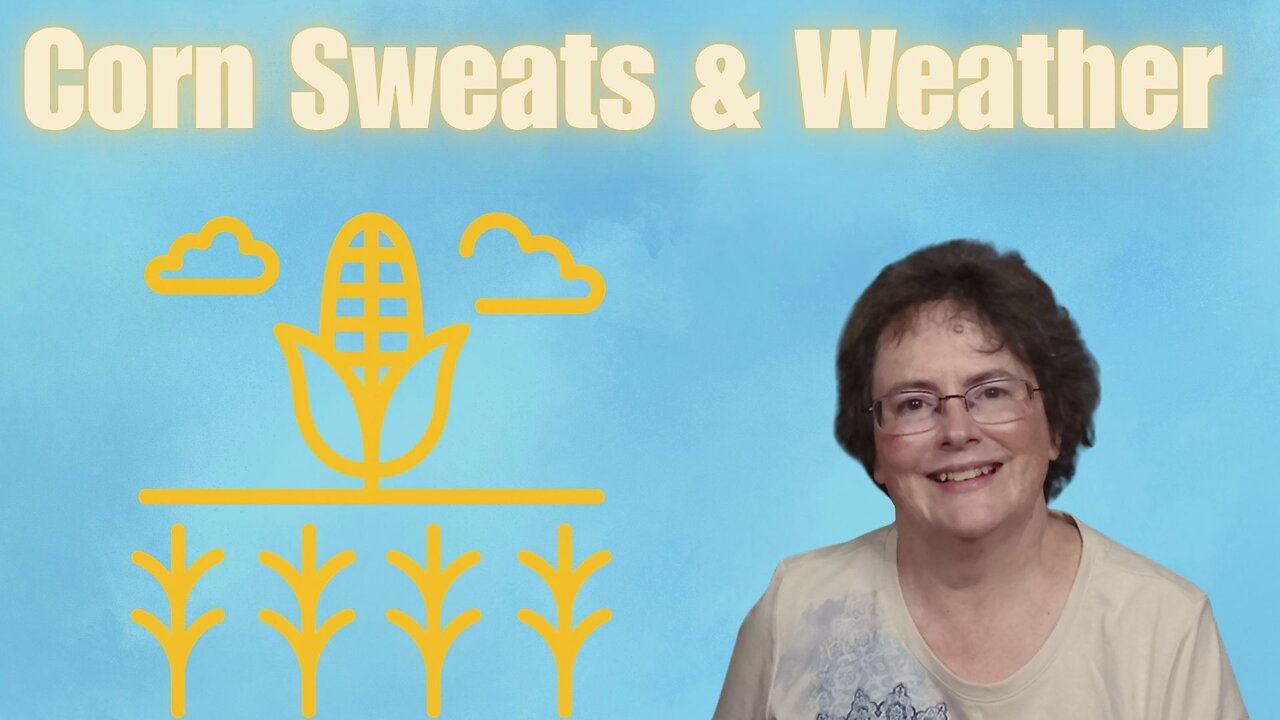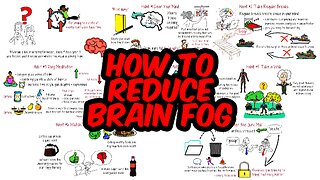Premium Only Content

72 - Corn Sweats? What Else Affects Weather Than Just Weather?
In this episode, I explore the fascinating ways that local environments shape the weather we experience daily. While most people think of weather as something driven by large systems like cold fronts and jet streams, there are countless small-scale influences that can dramatically shift conditions in your town, your backyard, or even your campsite. From cornfields and beavers to urban heat and volcanic dust, this episode uncovers the hidden factors that contribute to your local forecast.
Lakes That Redirect Storms
I talk about how lakes—especially in regions with many small or large bodies of water—can influence storm paths, weakening systems or splitting them before they reach certain towns. This isn’t just rumor; the science behind water’s heat absorption helps explain it.
Terrain and the Driftless Effect
Rolling hills, bluffs, and valleys create pockets of cool and warm air that interact in complex ways. I share examples of how terrain impacts storm development and even challenge the idea that bluffs can block tornadoes.
Cities and the Urban Heat Island
Concrete, asphalt, and rooftops create hot zones in urban areas, which can intensify storm systems. I discuss how cities like Chicago frequently experience more intense storms due to their built environments—and how rooftop gardens might be part of the solution.
The Truth About Corn Sweat
Yes, it’s real—and it affects weather. During peak growing season, cornfields release massive amounts of water vapor into the air, which boosts humidity and can even help create thunderstorms. I explain how this phenomenon earned its nickname and why it matters during the summer.
Natural and Human Contributions
From forests that cool and moisten the air to beavers that engineer wetlands, nature plays an active role in weather. I also cover how modern technology, like airplanes and wind turbines, adds new variables to local climate. Even volcanic eruptions and Saharan dust clouds affect regional conditions thousands of miles away.
Takeaways:
Weather is far more local than most people realize. Lakes, crops, animals, and even the materials in our cities all contribute to what we experience outside. Understanding these micro-influences helps explain why one town gets rain while the next remains dry—or why a forecasted 90-degree day doesn’t quite reach its peak. Paying attention to the environment around us reveals just how many factors shape the weather beyond what the forecasts show.
Jill’s Links
https://buzzblossomandsqueak.com/?p=447
https://www.buymeacoffee.com/smallstepspod
Buzz Blossom and Squeak Website https://buzzblossomandsqueak.com/
Twitter - https://twitter.com/schmern
Blog Headquarters at https://abetterlifeinsmallsteps.com/
Email the podcast at mailto: jill@startwithsmallsteps.com
-
 43:16
43:16
The Finance Hub
17 hours ago $2.83 earnedBREAKING: DONALD TRUMP JUST SHOCKED THE WORLD!
13.6K11 -

BEK TV
1 day agoTrent Loos in the Morning - 9/03/2025
9.44K -
 LIVE
LIVE
The Bubba Army
23 hours agoNick Hogan Sues Bubba to BLOCK the DOC - Bubba the Love Sponge® Show | 9/03/25
1,950 watching -
 8:01
8:01
MattMorseTV
14 hours ago $11.87 earnedHe's ACTUALLY doing it...
82.5K81 -
 33:25
33:25
Uncommon Sense In Current Times
17 hours ago $3.66 earnedHollywood’s Woke Agenda Exposed | Kevin Sorbo on Cancel Culture, Faith & the Common Sense Revolution
32.5K3 -
 8:23
8:23
The Art of Improvement
21 hours ago $1.76 earned7 Smart Habits to Boost Mental Clarity
16.3K4 -
 12:09
12:09
China Uncensored
12 hours agoI Have NEVER Been More Furious
16.9K21 -
 2:12
2:12
WildCreatures
4 days ago $1.44 earnedThe beauty and mystery of the Pantanal, Brazil's best secret
15.7K3 -
 9:38
9:38
Millionaire Mentor
20 hours agoBernie Sanders LOSES IT After Scott Bessent’s Shocking Comeback
11.5K12 -
 1:35:35
1:35:35
Dialogue works
1 day ago $1.29 earnedLarry C. Johnson & Paul Craig Roberts: Trump’s Plan COLLAPSES as Russia Strikes — Xi & Modi Rise!
9.58K6